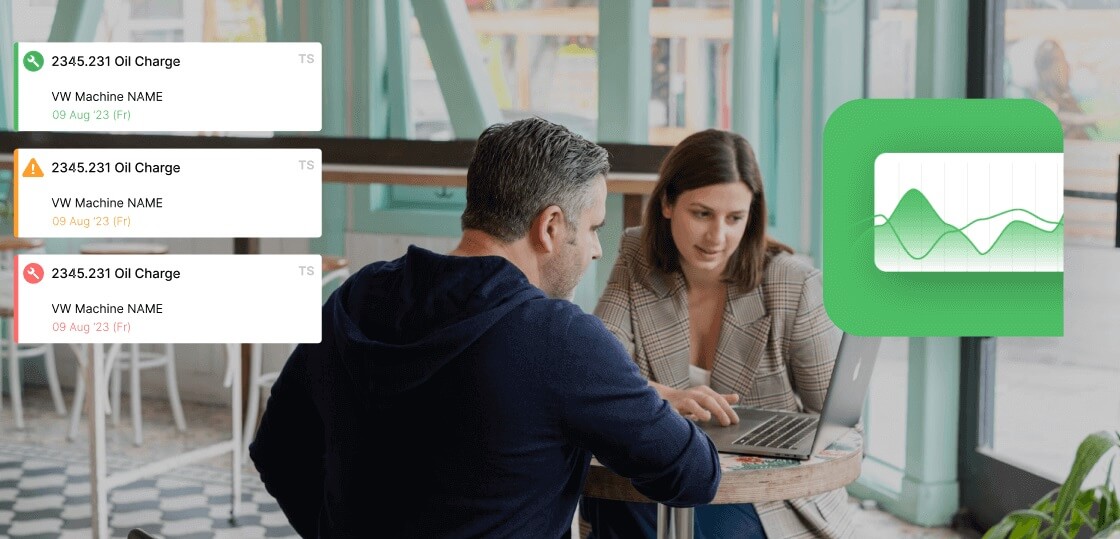Every Maintenance Manager ("Mike") knows the scenario:
It is Tuesday morning. You have 4 technicians and 15 open Work Orders.
The Production Manager from Line 1 is calling you because a conveyor belt is squeaking.
The Safety Officer is emailing you about a flicker in a hallway light.
And your best mechanic just found a vibration on the main feed pump for the entire plant.
Which job do you do first?
If you answer "The one with the angriest manager," you are in Reactive Mode. You are letting emotion drive your maintenance strategy.
To move to Reliability Mode, you need an objective system. You need to stop treating every ticket as "High Priority."
Here is how to build a Prioritization Matrix based on Reliability-Centered Maintenance (RCM) principles, and how to enforce it using Fabrico.
Why "High/Medium/Low" Fails
Most legacy systems allow the Requestor (the machine operator) to set the priority.
Guess what? To an operator, their problem is always "High Priority."
This creates a backlog filled with "Urgent" tickets. When everything is urgent, nothing is urgent. The technicians ignore the priority field entirely and just cherry-pick the easy jobs.
The Solution: Remove the "Priority" field from the request form. Replace it with Logic.
The RACK System (Ranking Asset Criticality & Knowledge)
You need a calculated priority score. The formula is simple:
Priority Score = (Asset Criticality) x (Fault Severity)
Factor 1: Asset Criticality (The Static Number)
This is defined before the machine breaks. In Fabrico, you assign a criticality score (1-5) to every asset in your tree.
-
5 (Critical): If this stops, the factory stops (e.g., Main Air Compressor, Bottleneck Machine).
-
3 (Essential): If this stops, we slow down or lose quality (e.g., Secondary Packaging).
-
1 (Non-Essential): If this stops, nobody cares for a week (e.g., Breakroom AC).
Factor 2: Fault Severity (The Dynamic Number)
This is defined by the nature of the problem. When the requestor submits the ticket, they answer questions that map to a severity score.
-
5 (Safety/Environment): Risk of injury, fire, or spill.
-
4 (Total Outage): Machine is hard down.
-
3 (Quality Risk): Machine is running, but producing defects.
-
1 (Annoyance): Noise, cosmetic issue, minor leak.
The Matrix Calculation
Now, you do the math.
Even though the AC is "Hard Down," the Compressor takes priority because the asset is more valuable to the business.
How to Automate This in Fabrico
You do not need to do this math in your head. A modern CMMS does it for you.
1. Set Your Asset Criticality
During implementation (or your data migration), tag every asset in Fabrico with its RCM criticality. This is a one-time setup.
2. Configure the Request Portal
When an operator submits a request in Fabrico, do not let them select "High Priority." Instead, give them a dropdown for "Problem Type" (e.g., Stopped, Slow, Safety, Leak). Map these types to Severity Scores in the background.
3. The Auto-Sort Backlog
Fabrico calculates the score instantly.
-
Score 20-25: Emergency. Immediate push notification to the Maintenance Lead.
-
Score 10-19: Scheduled. Added to the weekly plan.
-
Score 1-9: Backlog. Fill-in work for when technicians have spare time.
The "Defensible No"
This system gives "Mike" a superpower: The ability to say "No" to "Paula" (or the Production Manager) with data.
-
Production Manager: "Why isn't the labeler fixed yet? I submitted it yesterday!"
-
Mike: "Because the Main Pump vibration has a Priority Score of 20. The labeler is a 12. We are working on the highest risk to the business first."
This removes emotion from the conversation. You aren't ignoring them; you are following the algorithm.
The OEE Override
There is one exception to the matrix: Real-Time OEE.
If Fabrico OEE detects that a specific line is the bottleneck today (impacting the day's production target), you can configure the system to dynamically boost the Criticality of assets on that line.
This is the "Agile" part of the strategy. It ensures maintenance is always aligned with the immediate production goal.
Summary: Order from Chaos
A maintenance team without prioritization is just a group of firefighters running from smoke signal to smoke signal.
A maintenance team with prioritization is an engineering unit focused on protecting value.
Stop letting the loudest voice win.
[Book a Demo with Fabrico] to see how our automated prioritization engine keeps your team focused on what matters.







